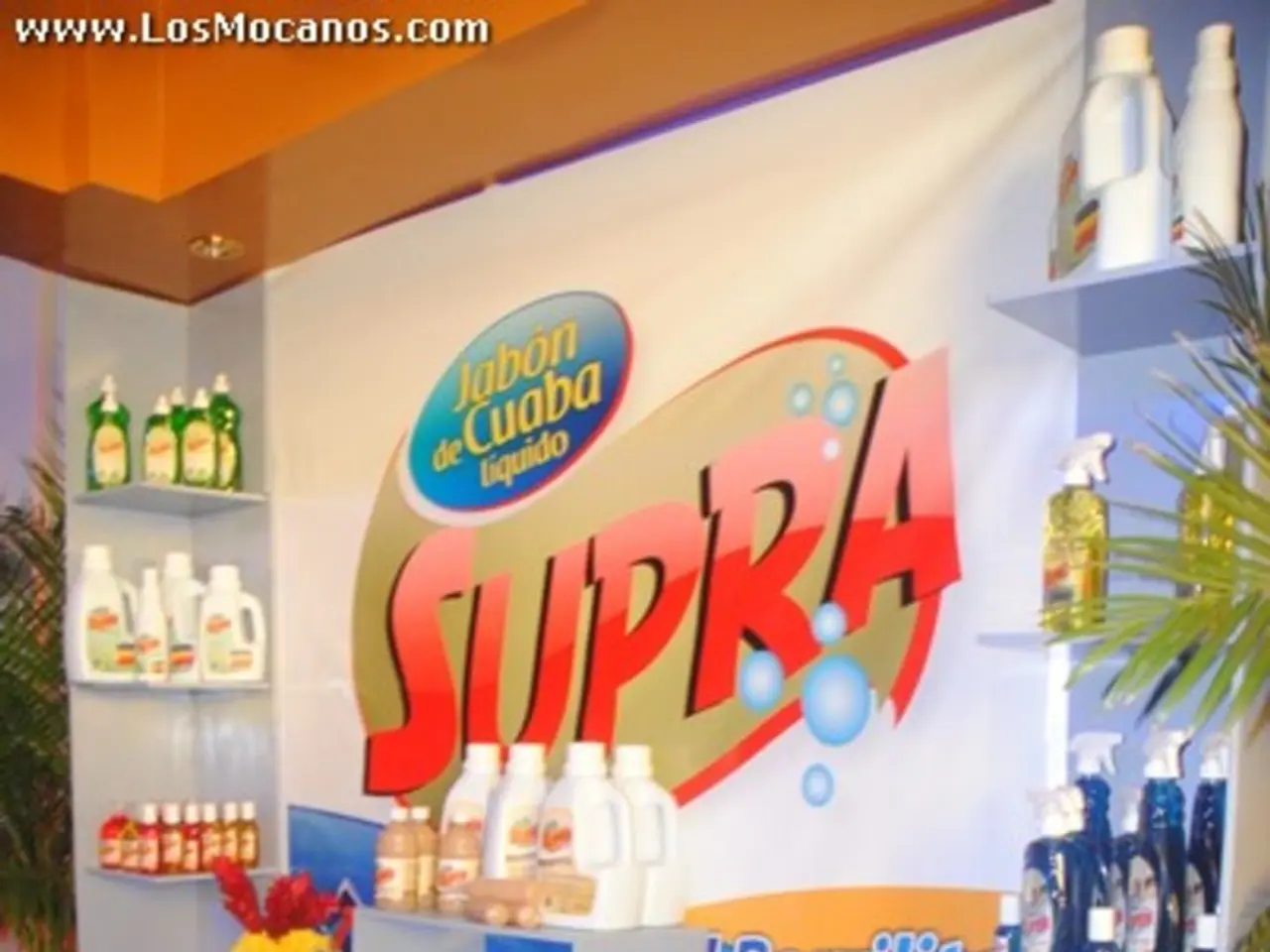Reusing Bottles Over Single Use: Key Considerations When Purchasing Containers
In today's eco-conscious world, making sustainable choices has never been more important. One area where consumers can make a significant impact is by choosing reusable drink packaging. Here's a guide on how to identify reusable drink packaging from an environmental and regulatory perspective.
1. **Material Composition and Food Safety Standards** Reusable packaging, especially for beverages, must comply with strict food contact materials regulations to ensure they are safe for repeated use without contaminating the contents. Materials like polypropylene (PP) and polyethylene terephthalate (PET), commonly used in both single-use and reusable bottles, are often evaluated for microplastic release and safety.
2. **Durability and Design for Multiple Use Cycles** Reusable packaging is designed and tested to withstand multiple use cycles, including repeated cleaning and transportation conditions such as temperature fluctuations and moisture exposure without degradation. This functional durability is a key environmental advantage over single-use packaging.
3. **Labeling and Traceability** One practical indicator is the presence of clear labeling or markings indicating the packaging is reusable or refillable. Information such as manufacturer details, manufacture date, and recycling/reuse instructions are essential for tracing the environmental impact and ensuring proper reuse processes.
4. **Environmental Impact Indicators** Environmental guidelines emphasize reducing waste and pollution by shifting from single-use to reusable packaging. Indicators like microplastic release levels, presence of contaminants, and waste reduction statistics are used to assess the environmental performance of reusable packaging.
5. **Recycling and Cleaning Protocols** Reusable drink packaging must follow established cleaning and sanitizing protocols to ensure food safety and prevent contamination during reuse, supported by industry standards and regulations. Proper handling can prevent degradation and potential environmental harm.
By following these guidelines, consumers can make informed decisions about the drink packaging they choose, promoting a more sustainable future. It's important to note that while no single universal symbol currently exists, regulatory frameworks such as the EU Directive on single-use plastics and Australian food safety codes serve as authoritative guidelines to classify and promote reusable drink packaging.
In Hamm, the renovation of Mansfelder Straße is underway, marking the city's progress in the heat transition. Meanwhile, the Nature and Biodiversity Conservation Union (NABU) has highlighted that a deposit does not always indicate reusable packaging, contradicting the common misconception. The latest report on the topic of drink packaging and the environment was published by the Federal Environment Agency in 2022.
[1] European Commission. (2019). EU Strategy for Plastics in a Circular Economy. Retrieved from
- By selecting home-and-garden products, such as reusable drink packaging, that adhere to sustainable-living principles, consumers can contribute to a more eco-friendly lifestyle.
- To ensure continued reuse without compromising lifestyle choices, it's essential to opt for home-and-garden items like reusable drink packaging designed with durability and multiple use cycles in mind.




